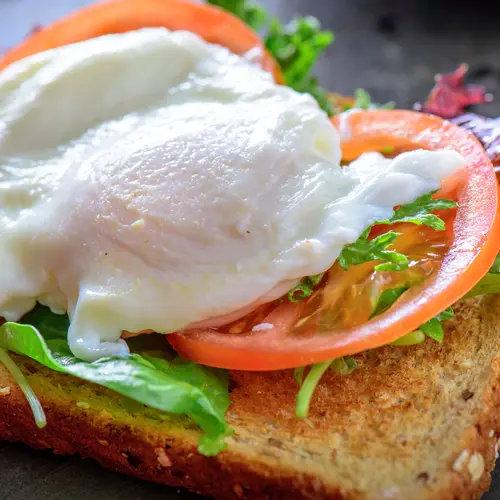Truffles have been treasured for centuries, and today, these fungi are one of the most expensive foods you can buy. Depending on the type and quality, one pound of truffles can cost as much as $4,000.
Unlike mushrooms, which grow above the ground, truffles grow on tree roots 5 to 10 centimeters under the earth. It takes special skills and tools to figure out where they are and gently collect them. Sometimes people leave it to trained dogs and pigs to sniff them out.
Truffles look very different from mushrooms. They don't have stalks or gills. Instead, they're round, firm, covered in warts, and vary in size. Some are as small as walnuts, while others are as large as a fist.
Over 100 different types of truffles grow all over the world, but you'll find one of only 10 kinds in your food. Among the most common are "white truffles," a very smelly Italian truffle, and "black truffles" from France.
Each truffle has its own distinct flavor, depending on the weather during its growth, the type of tree roots it grows on, and the bacteria inside it. In general, though, you can expect a strong, earthy taste (and smell) that's more like a perfume than a spice.
Nutritional Value
The serving size for truffles is small. One serving is 0.5 grams, which is just 1/10 of a teaspoon.
One serving of a black truffle that's been preserved in water and salt contains:
- Calories: 10
- Protein: 2 grams
- Fat: 0 grams
- Fiber: 2 grams
- Carbohydrate: 0 grams
The exact nutrients in truffles will depend on which kind you eat, but they're all a rich source of amino acids and minerals, including:
Truffles are also full of natural compounds that protect you from "free radicals" -- toxins that can damage your cells.
Health Benefits
In Africa and the Middle East, people use truffles as medicine for skin and eye conditions. But it's unclear how well they work.
Some studies that tested a very strong truffle extract show that it may:
- Lower cholesterol
- Control blood sugar
- Protect your liver from damage
- Reduce inflammation throughout your body
- Fight bacterial infections
- Help prevent cancer
Keep in mind, the amount of truffles you eat is much smaller, so it's unlikely to have that kind of impact.
Risks
An allergy to truffles is very rare. It's important, though, to only eat a fresh truffle that comes from a known and trusted source, like someone who hunts truffles for a living. Some poisonous mushrooms can be confused with truffles. Only an expert can tell them apart.
How to Prepare and Eat Truffles
Once picked, truffles start to rot within 10 days. It's not a good idea to boil or freeze them to try to make them last longer. Freezing ruins a truffle's texture, and boiling zaps its flavor.
Clean your truffles as soon as you get them. To do that, cut off any bad spots and brush off the dirt, then gently rinse and blot dry. Cover your truffles with a dry paper towel and keep in your refrigerator until you're ready to use them.
A truffle's odor and taste are so strong that a little bit goes a long way. You'll get plenty of flavor if you grate or scrape small amounts onto your food right before you eat. Try adding raw grated truffle to eggs, pasta, rice, sauces, chicken, and fish. You can also mix it into olive oil or butter.
Although you can buy truffle-flavored items like oil, pasta, and even potato chips, these don't contain real truffles. Since truffles go bad so quickly, items with a long shelf life rely on man-made truffle flavor. One way to preserve truffles so you can use it later is to grate it into butter and freeze it in small amounts.

